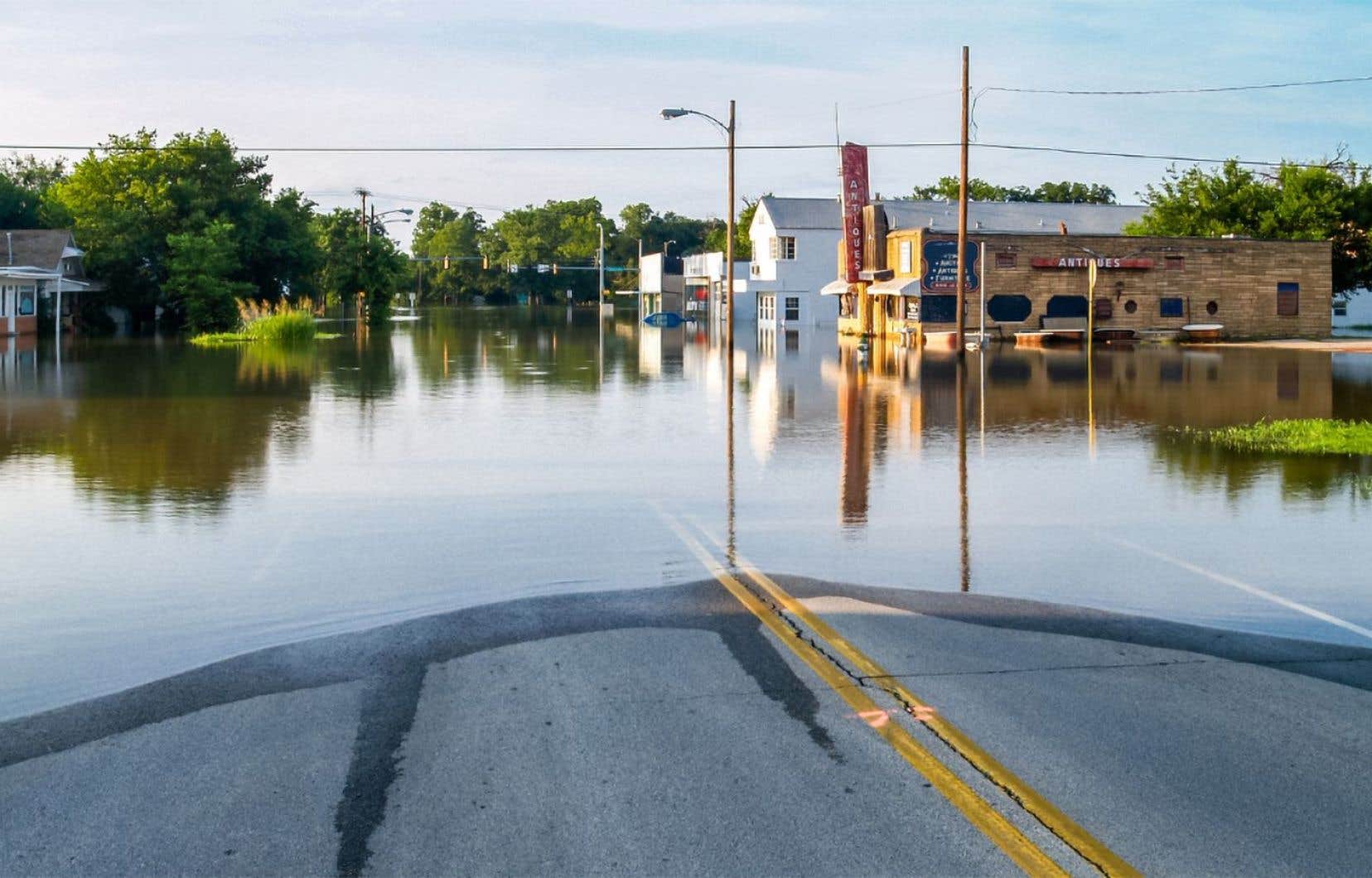This text is part of the special notebook 55 years of INRS
The INRS Water Land Environment Center hosts numerous research projects carried out in collaboration with municipalities and industries. Concrete solutions are emerging in all kinds of areas, from geothermal energy to the sustainable management of rainwater, including the revaluation of mining residues.
Full professor at the ETE Center, Jasmin Raymond is an expert in geothermal energy, studying how the earth’s subsoil can produce renewable energy. There are two types of geothermal systems, superficial and deep. “Deep systems involve drilling 1 to 3 kilometers below the ground surface to extract water at more than 100°C and then transform the heat into electricity using turbines,” explains the researcher.
Surface geothermal energy, for its part, refers to pump systems which exploit the temperature of the ground less than 200 meters deep, to heat or cool buildings. “This technology allows energy savings of around 70% for heating and 40% for air conditioning,” underlines Mr. Raymond. While these systems are deployed in several large cities such as Montreal, Calgary and Vancouver, significant efforts remain to expand their use. And this is precisely what Jasmin Raymond seeks to do, in particular by reducing installation costs.
In collaboration with the INRS Urbanization Culture Society Center, he recently looked at ways to reduce the heating costs of community greenhouses. Research has demonstrated that in such a context, that of limited budgets, burying the greenhouse would allow significant energy savings while remaining quite simple to implement compared to other technologies.
Mr. Raymond also highlights a project carried out with the Geological Survey of Canada, which shares its offices with the ETE Center to form the Pôle geoscientifique de Québec. While the Quebec government passed a new law banning oil and gas exploration, certain deep drilling carried out in the territory had to be closed. “We studied the geothermal potential of these boreholes and, according to our work, an old oil well could be converted to heat a commercial greenhouse,” he says. This would significantly reduce GHG emissions.
Better manage blue gold
For her part, Professor Sophie Duchesne is interested in sustainable water management, whether it concerns the distribution of drinking water or the management of rainwater and wastewater in urban areas. As the climate crisis worsens, these questions become increasingly complex. “On the one hand, at certain times of the year, the supply of drinking water becomes more difficult in terms of quantity, but also in terms of quality,” explains the researcher. At the same time, extreme weather events are increasing, causing floods and sewer overflows which can contaminate waterways.
Some municipalities in Quebec are already having to deal with these issues. The professor is at the head of the new Municipal Research Chair in Sustainable Water Management, created in February 2024, in partnership with the Fédération québécoise des municipalities (FQM). This entity will allow participants to identify their common priorities, in order to launch research projects in line with these needs and to exchange best practices.
As part of her work, Sophie Duchesne has already been working with municipalities for several years to find solutions to hydraulic problems. In collaboration with the Ministry of Transport and the City of Quebec, it is studying a site made up of a “draining coating”, that is to say a permeable asphalt which can store water. With her team, the professor also demonstrated how certain vegetated infrastructures — among others in Victoriaville — make it possible to better manage and improve the quality of rainwater. It also looks at ways to reduce losses by better managing the pressure of urban drinking water distribution systems.
Capture carbon
Louis-César Pasquier works on the ECO project2 Magnesia, started during his doctorate at INRS, and which now occupies almost all his time and that of his team at the ETE Center. He is interested in magnesium oxide, a critical strategic mineral highly prized by the pharmaceutical industry, among others, and taking the form of a white powder whose production is very polluting. The researcher thus co-developed a process with a low carbon footprint using water, CO2 captured in the air and residues from old asbestos mines in Quebec.
“We have demonstrated that it is possible to produce high purity magnesium oxide, and we will continue to develop the technology and improve its environmental performance,” he says. A production plant should be opened in 2026.
For the professor, capturing CO emissions2 is relevant, but should not serve as a justification for all polluting industrial processes based on fossil fuels. “It is not a technology that will solve all the problems, nor a guarantee of good conscience, but which must really respond to particular needs,” he concludes.
This content was produced by the Special Publications team at Duty, relating to marketing. The writing of the Duty did not take part.
